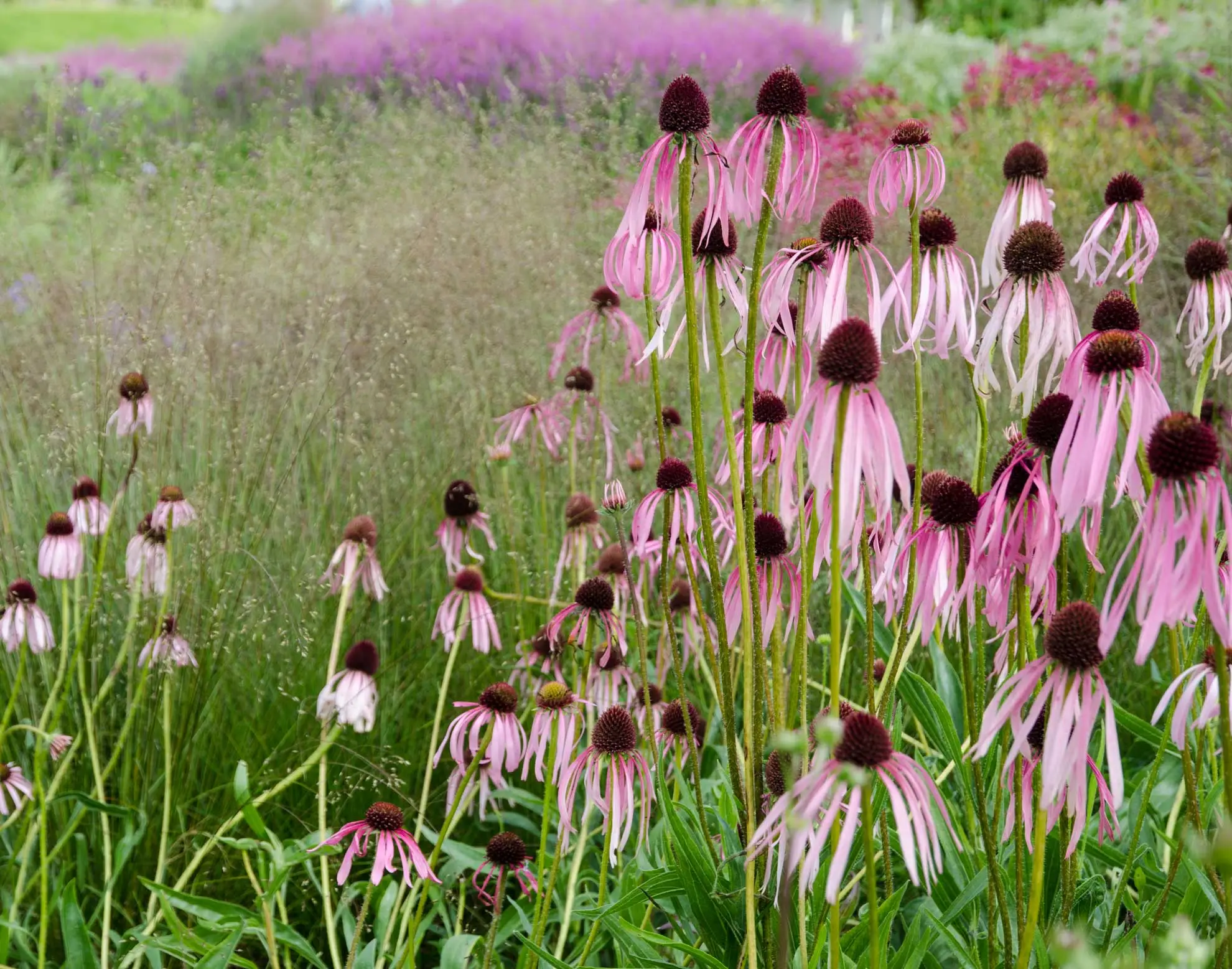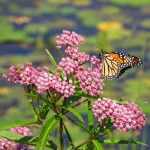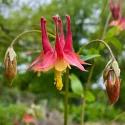Highlights
Pale Purple Coneflower might be the most graceful of the native coneflowers. Their long, delicate petals droop down like modernist ballerina tutus. Sitting atop is a perfect waystation for pollinators and birds. Drought-tolerant, easy to grow from seed, and perennials (meaning they come back year-after-year) Pale Purple Coneflowers are beautiful native plants for sunny gardens. Scroll on for planting tips.

Dig Deeper
Explore the history, types, and where to plant native Pale Purple Coneflower
Table of Contents
Coneflowers are beautiful, resilient, generous plants for our gardens, and Pale Purple Coneflower is no exception. All nine species of coneflower are native to North America. This means that their DNA includes all the resiliency to thrive in our climate and soil—much better than non-native plants do.
Pale Purple Coneflowers are somewhat harder to find compared to Purple Coneflowers, but wow, is the extra looking worth it. We’ve included links to Pale Purple Coneflower seed sources below.

How to grow Pale Purple Coneflower
Pale Purple Coneflowers are easy to grow. They like:
- Full sun
- Well-drained areas
- A range of soil, including clay
Where is Pale Purple Coneflower native?
Pale Purple Coneflower is native to most of the eastern half of North America, from Maine down to Florida. It’s a funny range—in that it’s not contiguous—but states in between have the climate for Pale Purple Coneflower to thrive.
How can I plant Pale Purple Coneflower by seed?
Pale Purple Coneflower is easy to plant from seed in either the fall or the spring. It may take two years to see flowers if you plant this way: the first year, the Pale Purple Coneflower is focused on growing roots.
Online Pale Purple Coneflower seed sellers
Here are some online seed sellers (alongside their locations) that sell Pale Purple Coneflower seeds:
- Prairie Nursery (Westfield, Wisconsin)
- Select Seeds (Union, Connecticut)
- Southern Seed Exchange (Mineral, Virginia)
- Roundstone Native Seed (Upton, Kentucky)
- Baker Creek Heirloom Rare Seeds (Mansfield, Missouri)
Local blooms, fewer glooms
Try to find plants and seeds from within 800 miles of where you live.
Plants and seeds from within 800 miles are best suited for your weather, water, and sunshine. This also fosters cross-pollination among locally grown plants, enhancing the resilience of seeds and plants for generations to come. Stay local for a happy garden!
What are good pairings for Pale Purple Coneflower?
There are so many beautiful native flowers that thrive in the same full sun that Pale Purple Coneflowers love. Some great pairings include:
Added bonus: Pale Purple Coneflower is deer-proof
Deer do NOT eat Pale Purple Coneflowers! If you’re worried about deer nibbling your garden, Pale Purple Coneflowers are a perfect native plant.
And that concludes our profile of Pale Purple Coneflowers! These gorgeous, delicate plants look beautiful in our sunny gardens and are resilient and tough after the first year of getting established. Plant them by seed from a seed seller as close to you as possible, or visit local native plant sales to scoop up plants ready to flower. Happy planting!
Sources
- USDA Plants Database, Pale Purple Coneflower
- Martin F Breed, Peter A Harrison, Armin Bischoff, Paula Durruty, Nick J C Gellie, Emily K Gonzales, Kayri Havens, Marion Karmann, Francis F Kilkenny, Siegfried L Krauss, Andrew J Lowe, Pedro Marques, Paul G Nevill, Pati L Vitt, Anna Bucharova, Priority Actions to Improve Provenance Decision-Making, BioScience, Volume 68, Issue 7, July 2018, Pages 510–516, https://doi.org/10.1093/biosci/biy050










